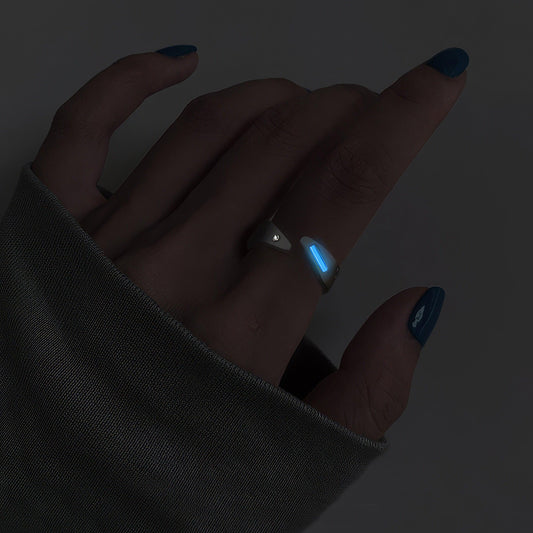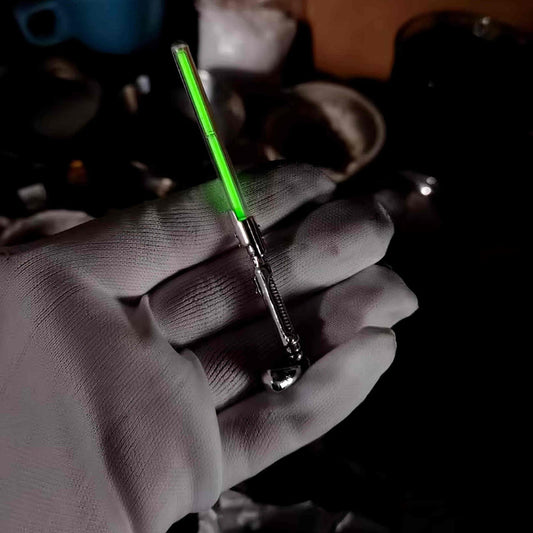Synthetic Moissanite vs Moissanite Unveiling the Sparkling Truth
Synthetic Moissanite vs Moissanite Unveiling the Sparkling Truth
When my friend Sarah showed off her new engagement ring over coffee last week, I couldn’t help but notice its radiant sparkle. Naturally, I assumed it was a diamond—but she surprised me by saying it was moissanite. It sparked a lively conversation, with an unexpected twist: the difference between synthetic moissanite and natural moissanite. This distinction, I soon learned, is more about origin than appearance.
Let’s dive into a bit of history. Moissanite was first discovered in 1893 by the French chemist Henri Moissan in a meteorite crater. Originally mistaken for diamonds, these rare gemstones were later identified as silicon carbide crystals. Naturally occurring moissanite is incredibly rare, found only in minute quantities. This makes it far too scarce to meet jewelry demands, hence the development of synthetic versions.
Synthesizing moissanite is where the magic happens. In laboratories, scientists recreate the extreme conditions under which moissanite is formed. This process results in a gemstone that is chemically identical to its natural counterpart, yet abundant and accessible. Here’s the kicker: while both synthetic and natural moissanite share the same chemical properties, the vast majority of moissanite on the market today is lab-created. So, when people refer to moissanite, they're usually talking about the synthetic variety by default.
In terms of aesthetics, moissanite offers a unique allure. Unlike diamonds, moissanite has a higher refractive index, which means it bends light more effectively, giving it a more fiery and colorful sparkle. If you’ve ever caught sight of one in sunlight, you know it tends to outshine other gems with its brilliance, sometimes even too much for my reserved taste. But hey, to each their own!
One more thing to consider is the cultural and ethical context. With the increasing consumer demand for conflict-free and environmentally responsible jewelry, lab-created moissanite is often touted as a more sustainable choice compared to mined gemstones. It speaks to the modern consciousness of ownership where origin and impact matter just as much as beauty.
On a personal note, I've noticed more and more of my friends opting for moissanite over traditional diamonds. There’s an authenticity in choosing it that aligns with contemporary values, and yet it invites curiosity and conversation, as my afternoon with Sarah demonstrated. At the end of the day, whether one chooses synthetic moissanite or the elusive natural variety, the allure remains undeniable. Perhaps what really shines is the story we choose to tell with it.



























